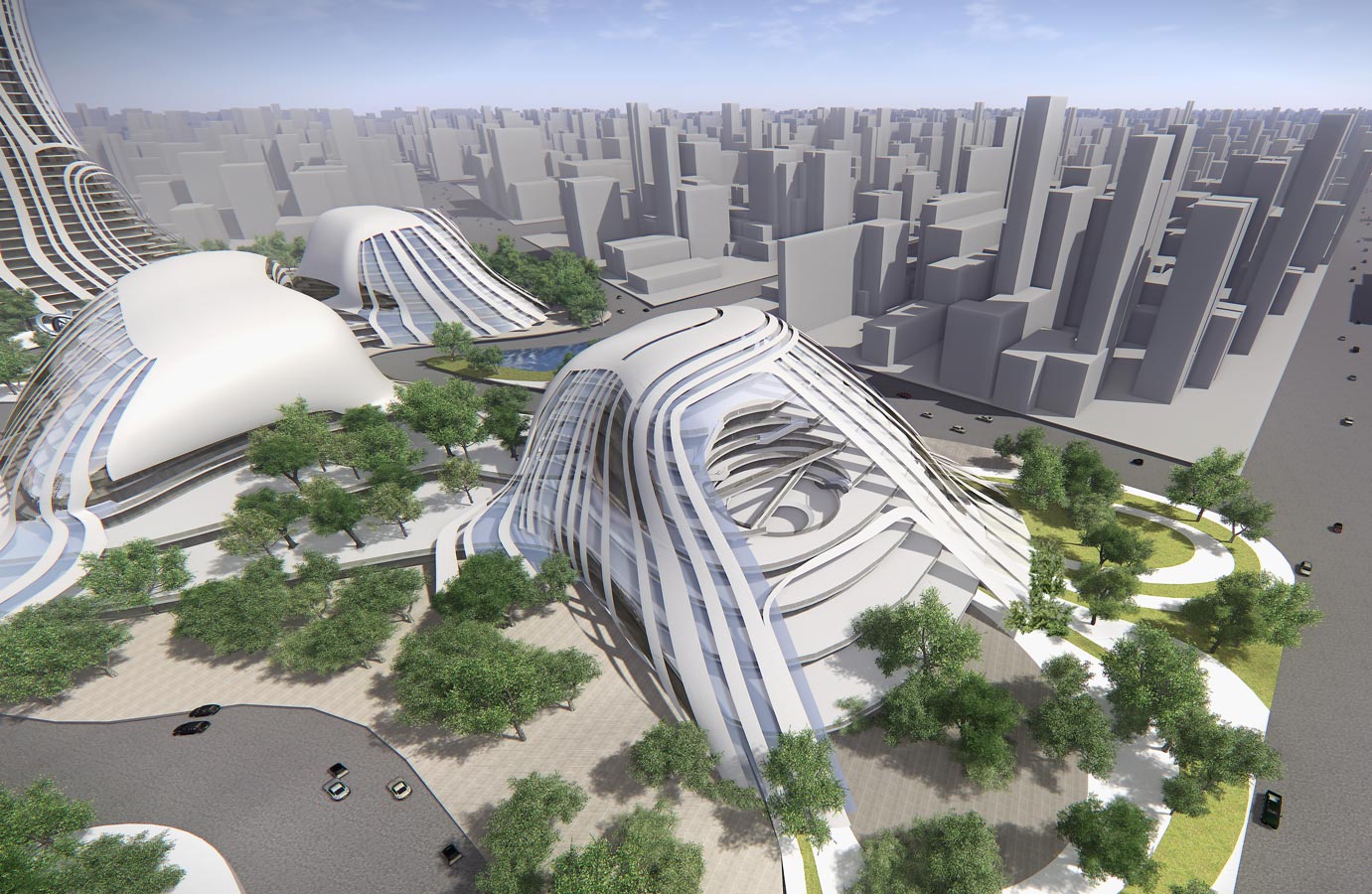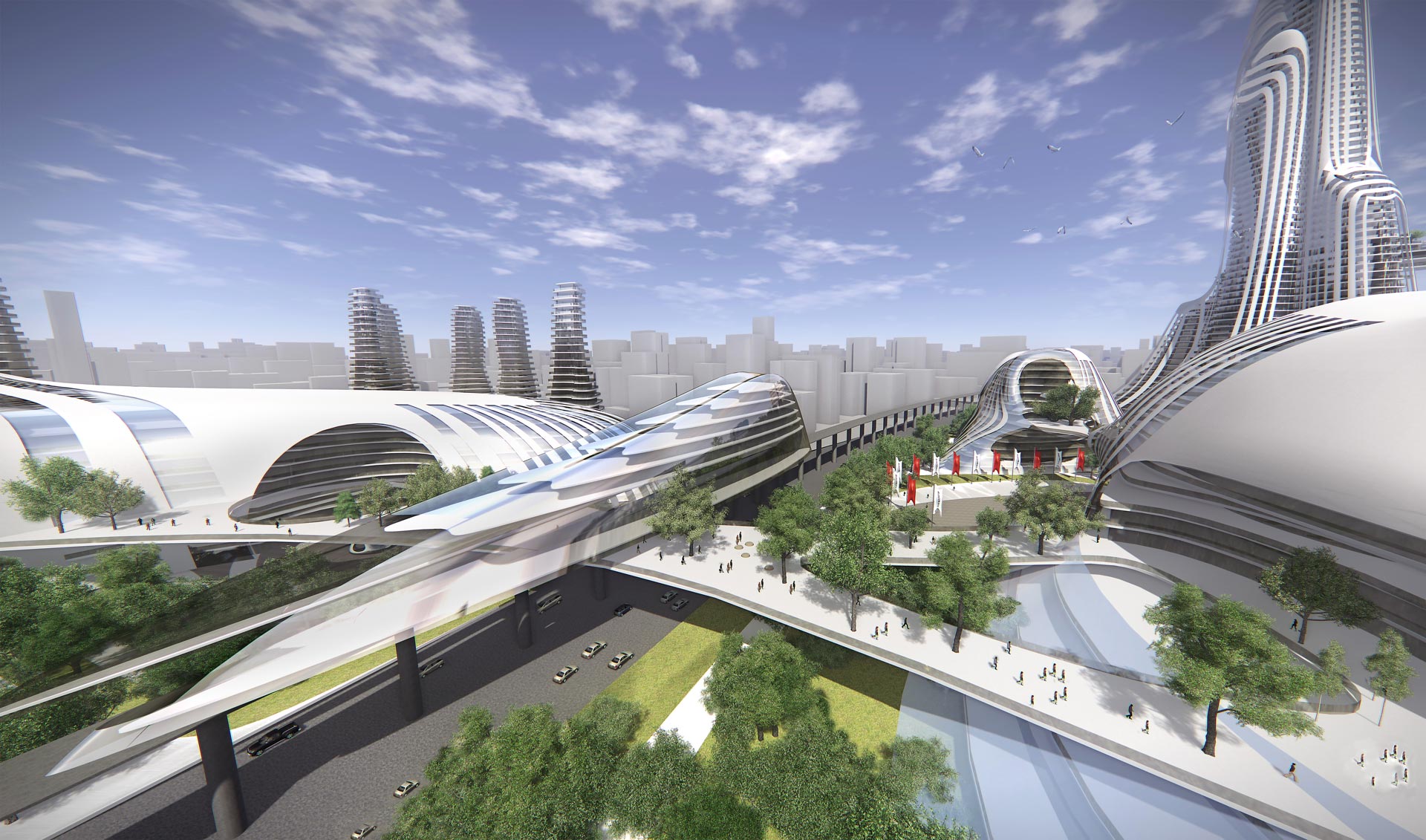Completion Year: -
Status: Rendering project
Completion Year: -
Status: Rendering project
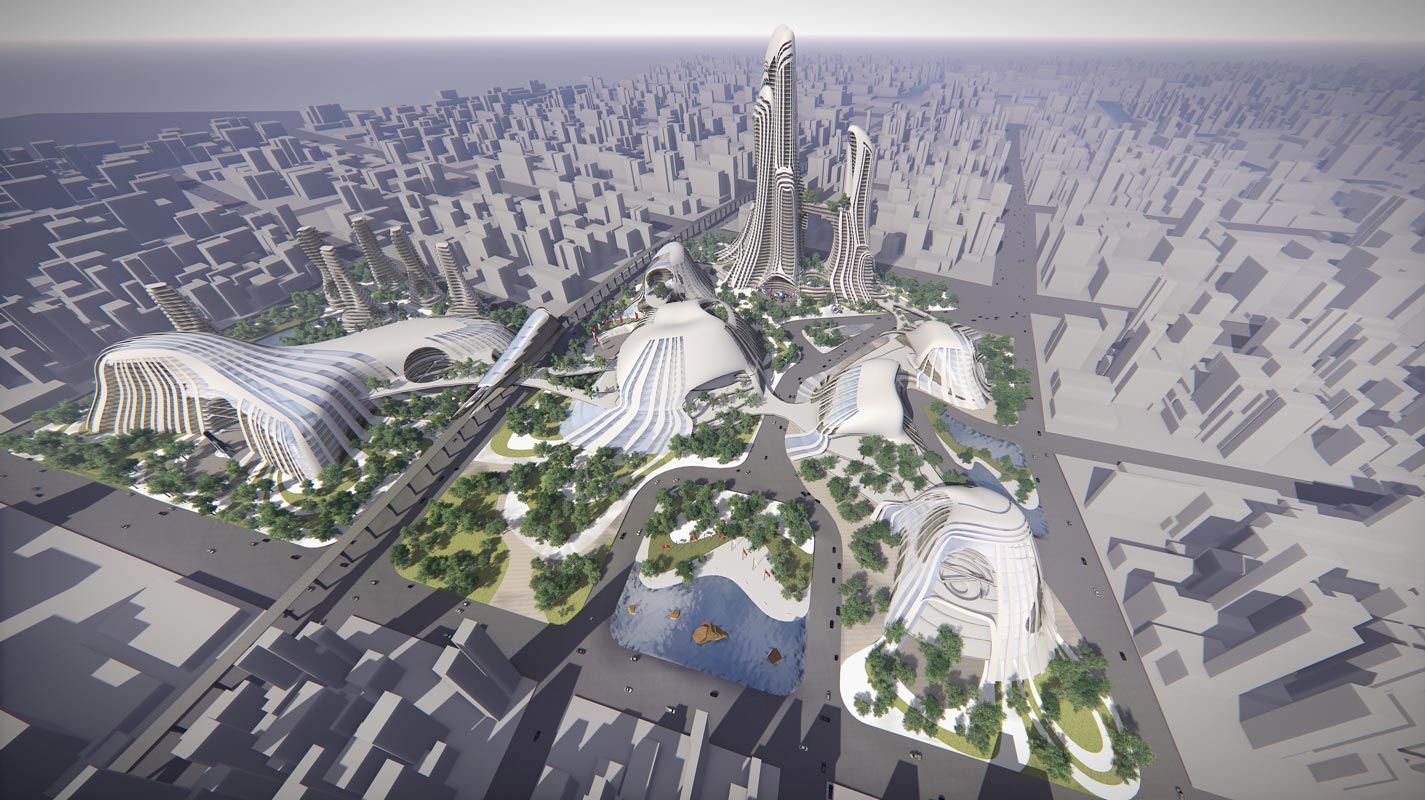
美國高層建築與城市住宅委員會(Council on Tall Buildings and Urban Habitat)統計報告顯示,天津於2014年落成的摩天大樓中國就佔了六成,成長速度位居全球之冠,同時天津港也成為世界航道等級最高之人工深水港,因為是北京的衛星城市而成為北方重點發展的經濟中心。本案位於天津濱海新區,是泰富重裝集團的未來的核心發展基地,是一整體規劃的設計案,包含了企業總部、星級飯店、大型綜合商業中心、世貿中心、金融中心、住區特區及輕軌轉運站,整體規劃理念秉持泰富重裝集團的企業精神,因而在整體建築群的形象上取自中國水墨山水的意象,水墨山水渲染的餘韻和層層疊疊的山岳,交織成建築群的立面形象,在具有西方當代曲面及線條的外顯形式下,又韻藏東方哲學的中國底韻,也暗喻著泰富重裝集團承先啟後的發展路線。
A report from the Council on Tall Buildings and Urban Habitat shows that 60 percent of the skyscrapers constructed in China during the year of 2014 were in Tianjin, the highest growth rate in the world. The Tianjin Harbour has also become one of the best artificial deep-water port in the world. It is at the heart of the northern commercial center in China and as the satellite city of the capital Beijing. This project is located at the Binhai New Area and will be the future development base of Tidford Group. It includes a corporate headquarters building, a grand hotel, a large commercial district, a trading center, a financial center, a residential district and a high-speed rail station. The planning concept follows along the spirit of the Tidford Group; it derives from the image of the traditional Shanshui painting which emphasizes on layers of mountains overlapping and forming perspectives. Under the skin of contemporary curvature, it also implies some oriental philosophy and echoes back to Tidford’s “inherit the past and usher in the future” philosophy.
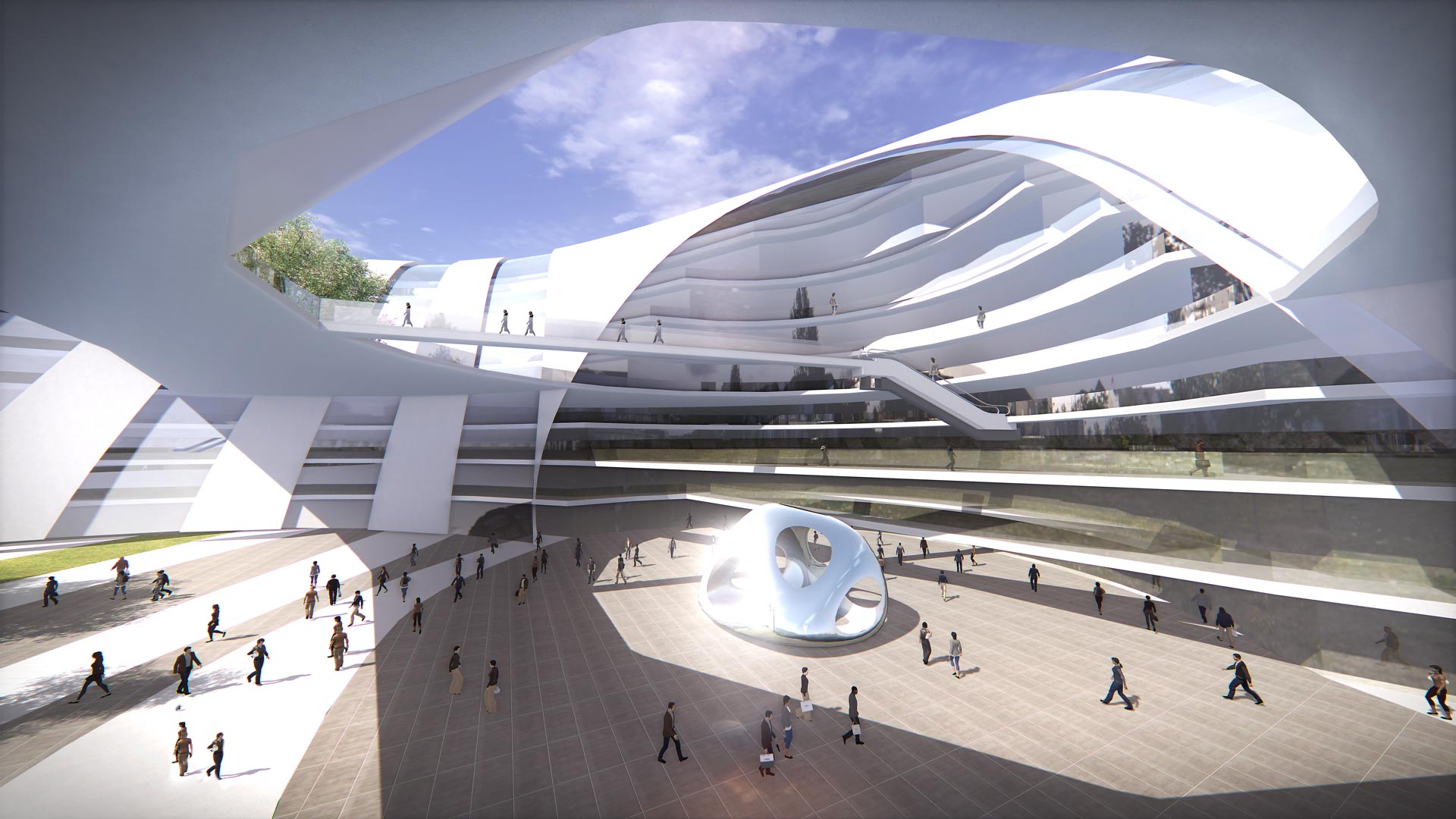
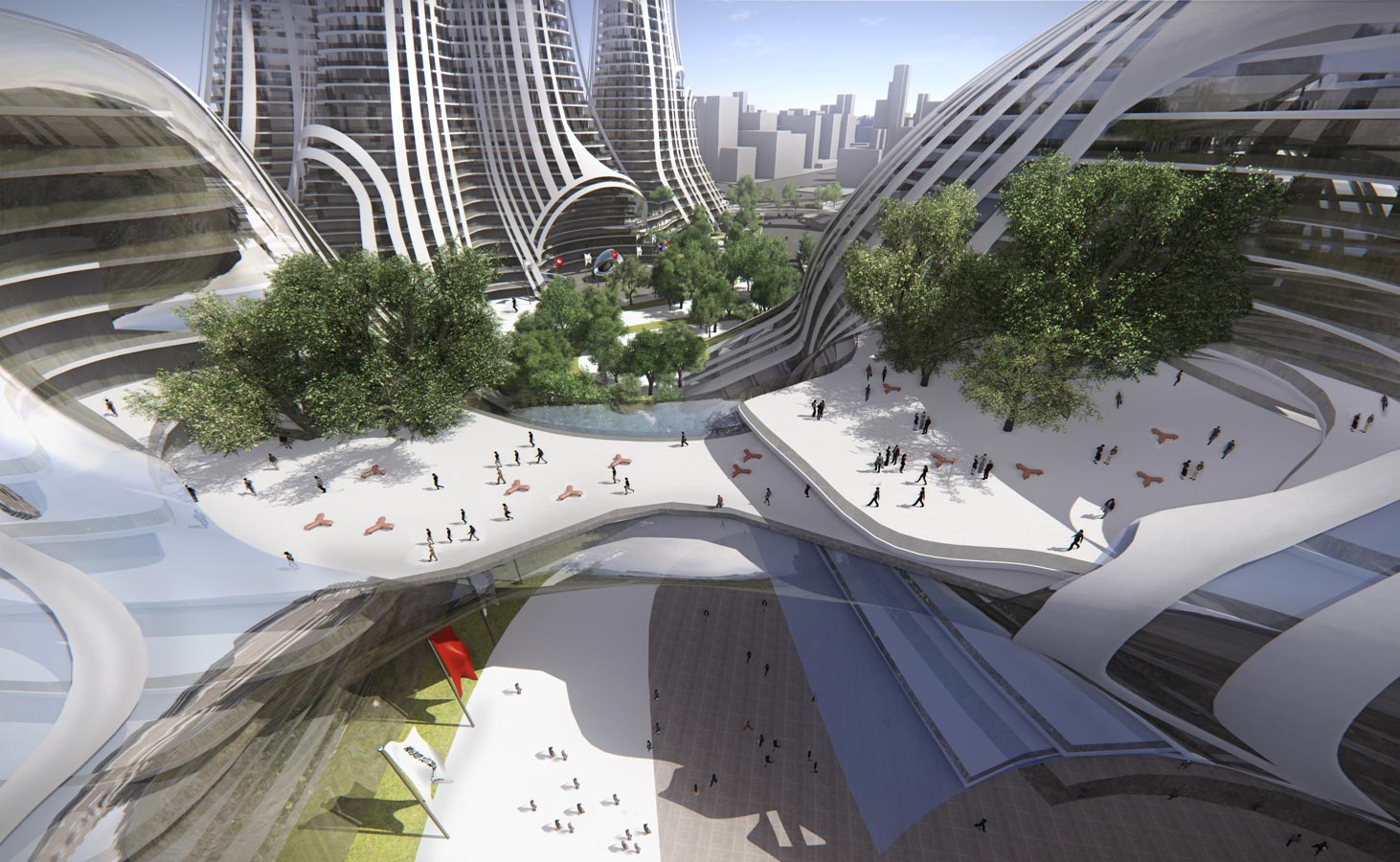
東方城市的數位山水建築觀
An architectural view of digital Shanshui in an oriental city
設計上我們將東方山水的意境透過西方的數位技術和手法重新融合表現出來,企圖把單純的建築群轉換為多層次的城市複合體,透過樓板參數化錯動的手法,創造多出面向的空間漫遊經驗來產生各種可能的事件(event),企圖強調內部與外部連結之中介空間,有效導入自然創造出獨特的微環境,讓光線和風在空間中竄流,弱化了建築中的邊界感,讓空間的形體消失在空氣、風和光線的流動中,創造許多的給予人們停留的空間,創造出更好的空間品質及工作環境。
We manage to integrate the oriental Shanshui images through western digital design techniques. By parametrically layering each floor to create different facing views, it stimulates more possibility of events happening. It emphasizes the connection between the insides and the outsides and allows light and wind passing through. This concept reduces the sense of boundaries and creates more spaces in-between for people to stay. Ultimately it enhances the quality of the work environment.
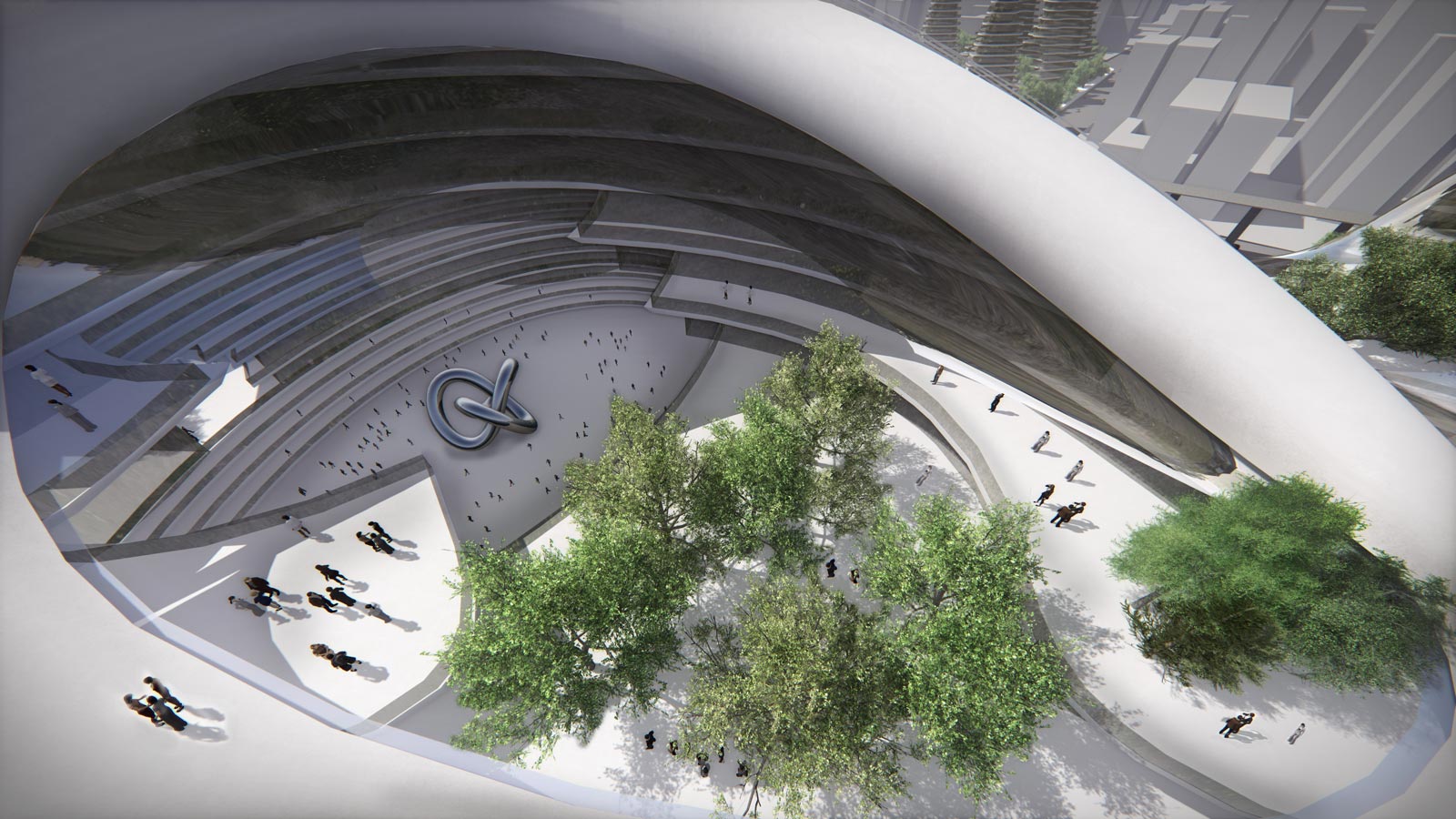
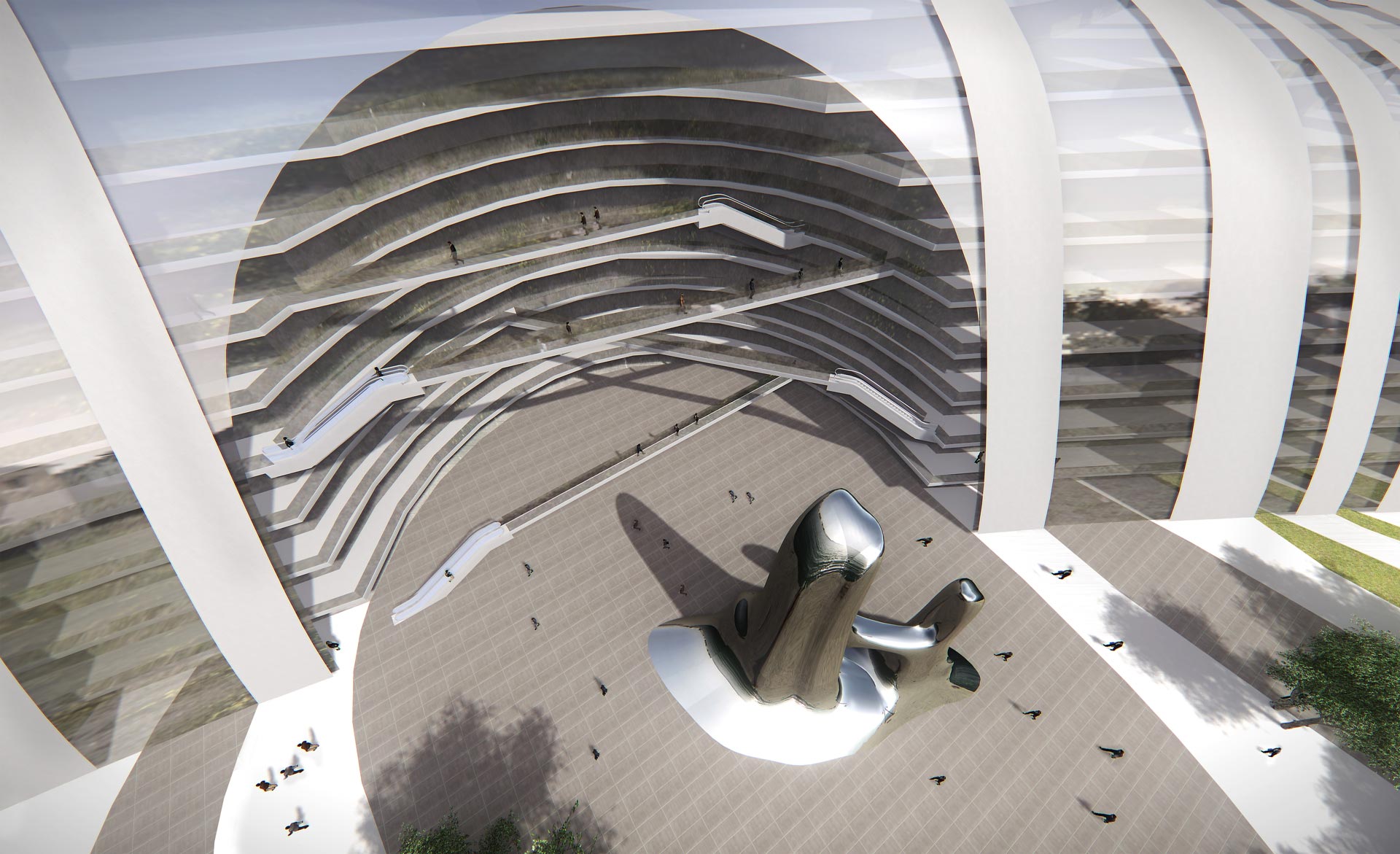
整體建築的形體設計的靈感來自於中國水墨山水的意象,截取了東方哲學中對於自然的理解,意在喚起寄託於古老東方山水間的情感,讓身處在以西方現代文明城市為基礎的人們,強化了與東方自然的連結度,試圖將建築的邊界打開,追求東方水墨那般模糊不清,與留白背景融合的中介想像空間,從整體的規劃配置到建築甚至是室內尺度,創造許多供停留的中介空間。同時過程中也應用了大量的數位思維和技術,導入物理環境運算和參數式設計流程,將水墨山水的形象與空間反映在整體的設計上,擯棄了傳統高層建築的類型特徵(typology),企圖跳脫高層建築的國際樣式窠臼。
The shape of the buildings comes from the traditional understanding of nature through Shanshui. It aims to connect the old memories of the Shanshui arts to the modern concepts of building design in order to break the modern tradition and reflect back to the blurry boundaries in Shanshui arts. The in-between spaces are left for imagination and also acts as spaces for staying. The design processes incorporate a lot of digital techniques which includes physical environment simulations and parametric calculations in order to successfully reflect the image of Shanshui. We abandon the conventional building typology and attempt to transcend the international high-rise building styles.
